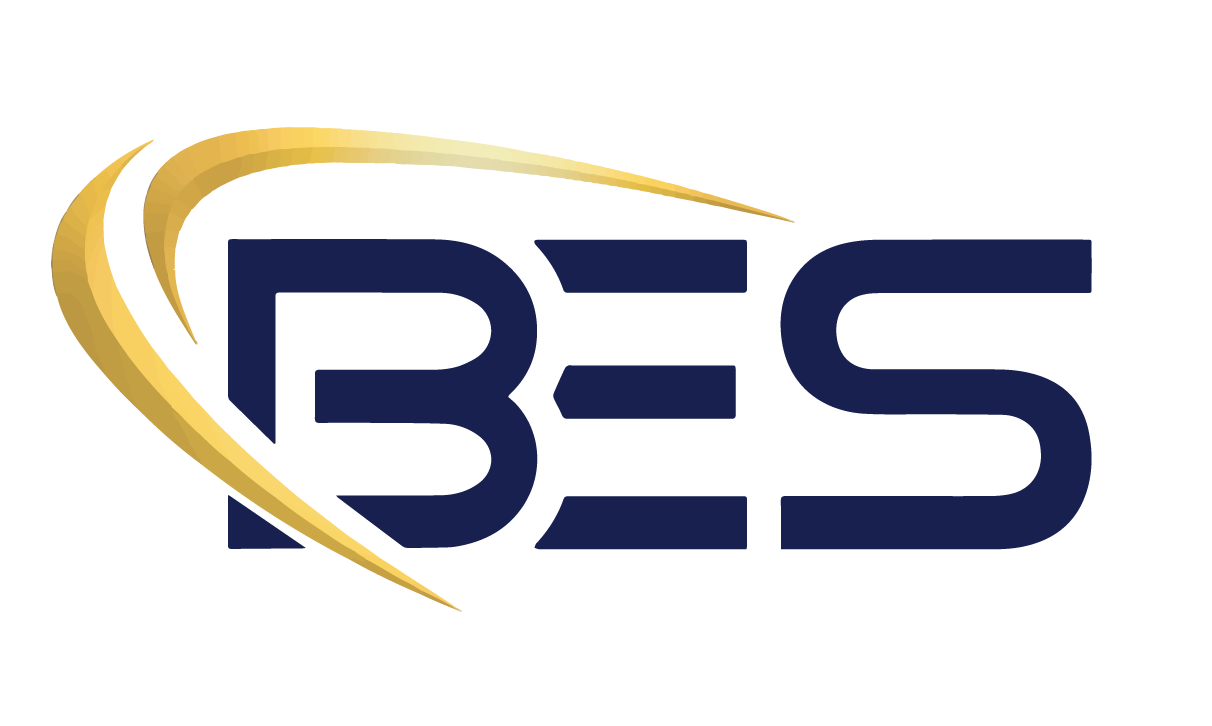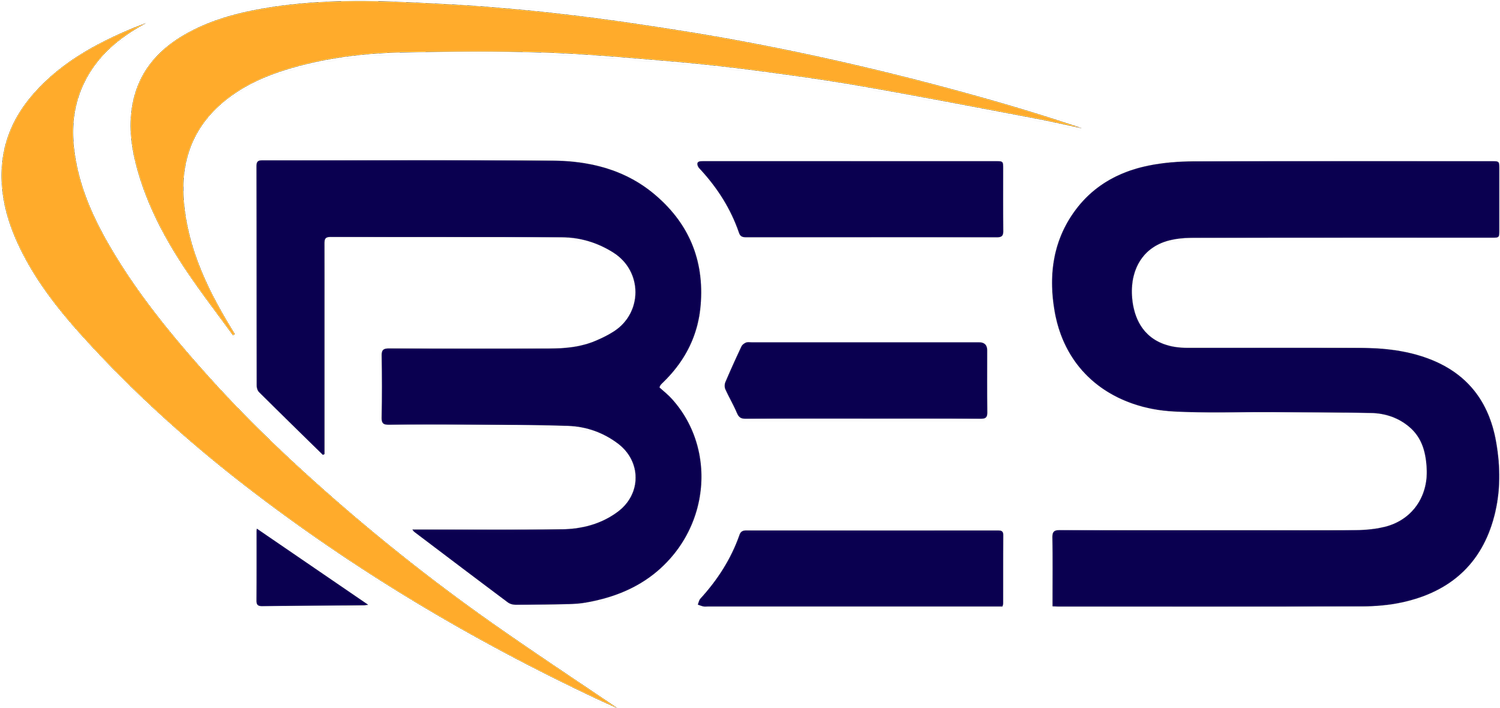Ensure Effective Crisis Management with Comprehensive Standard Operating Procedures
Align Technology and Operations to enhance your organization’s performance and efficiency.
If 2020 has demonstrated anything, disasters come in many forms. From COVID-19 to social unrest, to the 2020 Atlantic hurricane season, the first on record in which nine tropical storms formed before August 1.
Every year across the U.S., local government agencies and businesses of all sizes experience crises of all kinds, both natural and artificial. And the cost is significant.
Crisis preparation costs organizations anywhere from $60,000 to $500,000, depending on the industry and range of geographies and missions they are responsible for. But don’t let the numbers fool you. The cost of not preparing can be far worse.
Effective crisis and disruption management is not a single static or series of events. It's an ongoing process that requires planning, preparation, and, most importantly, robust governance. When effectively implemented, governance ensures the organization understands priority missions, stakeholder expectations, and each person's roles and responsibilities. Standard operating procedures (SOPs) are developed and documented to achieve the goals and objectives identified through the Governance Process to ensure efficiency and consistency.
The Importance of Standard Operating Procedures
Standard operating procedures are step-by-step instructions compiled and documented to help carry out routine and complex operations. SOPs are developed to achieve efficiency, quality, accountability, and uniformity of performance while reducing miscommunication and failure to comply with industry regulations.
SOPs are an essential component of highly effective organizations. Many believe that any organization or business unit without a robust procedure system will fail in today’s complex environment. Organizations that perfect their day-to-day activities have more time to focus on being agile and responsive to the forces that affect them proactively. Increasing agility is partially realized through efficient and effective standard operating procedures. By design, SOPs should be based on the best course of doing things within the organization, often reflecting the industry's best practices. The purpose of SOPs is to make organizations perform better and faster, with higher quality, increased customer service, and accountability. SOPs ARE NOT the end product, nor are they designed to be so rigid as to make conducting business painful. SOPs should not be cumbersome and time-consuming and must keep up with the changing organization and technological changes.
Effective SOPs codify how things are done and memorialize what’s been done in the past to serve as tools for future events. They bring together technology and operations and develop a synergy between the two. This helps to ensure communication and alignment so technical staff knows what their stakeholders need and expect, and leadership understands what functionality is available to automate.
No matter the organization's size, industry, or geography, well-defined SOPs document and empower staff to perform tasks effectively to improve meeting the mission, whether it's everyday business or responding to any incident impacting the organization.
Developing effective SOPs requires an investment of time and resources. It should follow the discovery of what's possible and be organized, codified, shared, and updated regularly. Critical first steps in developing SOPs addressing technology to support an organization’s mission include:
1. Review and validate the organization’s mission and priorities
2. Identify tasks and workflows technology can support
3. Configure and optimize existing technology and acquire additional technology resources if required
4. Determine data requirements, information products required, and timelines for development and distribution
5. Document SOPs and identify roles and responsibilities
6. Develop and execute training to exercise and drive familiarity and proficiency with SOPs
7. Review and update SOPs every 6 to 12 months as the organization or technology changes.
With the recent impacts of Covid 19 and the need to work differently (remote operations, social distancing, virtual EOC staffing, etc.), evaluating existing SOPs and perhaps establishing new ones is even more critical. Training and exercise scenarios are essential to familiarize staff with new procedures to determine their adequacy and effectiveness.
Implementing Standard Operating Procedures
Public and private organizations often work with consultants to assist in developing Standard Operating Procedures. Consultants who intimately understand the organization’s mission and technology capabilities are often more effective in facilitating objective communications between technology and operations personnel.
Partners like Bent Ear Solutions (BES) help identify priority missions and the necessary technology capabilities and write step-by-step SOPs that align software, configurable applications, and technical support with operations. BES deploys proven methods and best practices, seasoned staff who have decades of public safety and IT experience
BES’s methodology begins with a collaborative process to answer specific questions to understand the mission, objectives, roles, and responsibilities. Specific desired outcomes are mapped to information products, data, and applications.
BES is uniquely qualified to bring together technology, operations, and executive staff to create alignment and synergy through hands-on issue identification, problem-solving, and actions that increase performance and efficiency. Bent Ear understands the dynamics and pace of emergency operations as situations change and understands what information products executives and decision-makers need and when they need them.
Conclusion
Every organization has a unique management style, but structuring work in a way that is synergized across departments and team members is critical to consistency, quality, and sustainability. Ensured business and operational continuity; whenever an employee is absent or not present, the work of the organization cannot stop. With the help of SOPs, others can take over and complete pending urgent tasks when needed. By implementing well-designed and written SOPs, others can take over important tasks. Standard Operating Procedures explain the practices of every department in the organization. SOPs are the procedures required to ensure success in executing the organization's operations.







